By: John Doe
ISBN-13: 9781496358424ISBN-10: 1496358422Publisher: Wolters Kluwer Law & BusinessPublished date: 2018-11Develop the assessment knowledge and skills to excel in any clinical setting. Updated to reflect today’s changing healthcare environment, this unique, modern approach to health assessment guides you progressively through realistic clinical case scenarios, emphasizing health promotion, risk factor reduction, evidence-based thinking, and diagnostic reasoning. Effective strategies help you adapt questions and techniques to confidently manage communication challenges, unexpected patient responses, changes in a patient’s condition over time, and more. Highlights of the Third Edition Progressive Case Studiesin each chapter help you capably apply concepts to clinical practice through: Therapeutic Dialoguedisplays that hone the communication and critical thinking skills essential for gathering assessment data. Progress Notesections that provide sample SOAP (Subjective data, Objective data, Analysis, and Plan) notes documenting summaries of findings, with accompanying critical thinking questions. Documenting Case Study Findingsboxes that summarize abnormal findings in the physical examination (determined through inspection, palpation, percussion, and auscultation). Collaborating With the Interprofessional Teamdisplays that feature SBAR (Situation, Background, Analysis or Assessment, and Recommendations) frameworks for effectively coordinating referrals or other patient advocacy needs. Clinical Reasoning in Actionsections that demonstrate how to bring all the elements of assessment together to determine a nursing diagnosis and related goals, interventions, rationales, and evaluation criteria.NEW!Unfolding case-based vignetteswritten by the National League for Nursing place concepts in a realistic context and encourage classroom discussion. NEW! Concept Mastery Alertsclarify potentially confusing topics. More than 70 NANDA-I Diagnoseswith official definitions and defining characteristics Learning Objectivesfocus on critical information and can help you study more effectively. Clinical Significanceboxesemphasize content critically related to clinical application. Safety Alert boxeshighlight areas of concern or results that require immediate intervention or adjustments. Key Pointssummarized at the end of each chapter reinforce the most important content at a glance. Review Questionshelp you identify content requiring additional review. Tables of Abnormal Findingsfacilitate fast, effective assessments. Accompanying interactive learning resourcessuch as videos and animations, referenced with icons in the text, appeal to a variety of learning styles
Be the first to review “Nursing Health Assessment 3e” Cancel reply
Related products
NURSING SUBJECT
NURSING SUBJECT
NURSING SUBJECT
NURSING SUBJECT
Lippincott Certification Review Family Nurse Practitioner and Adult-Georontology Nurse Practitioner
NURSING SUBJECT
NURSING SUBJECT


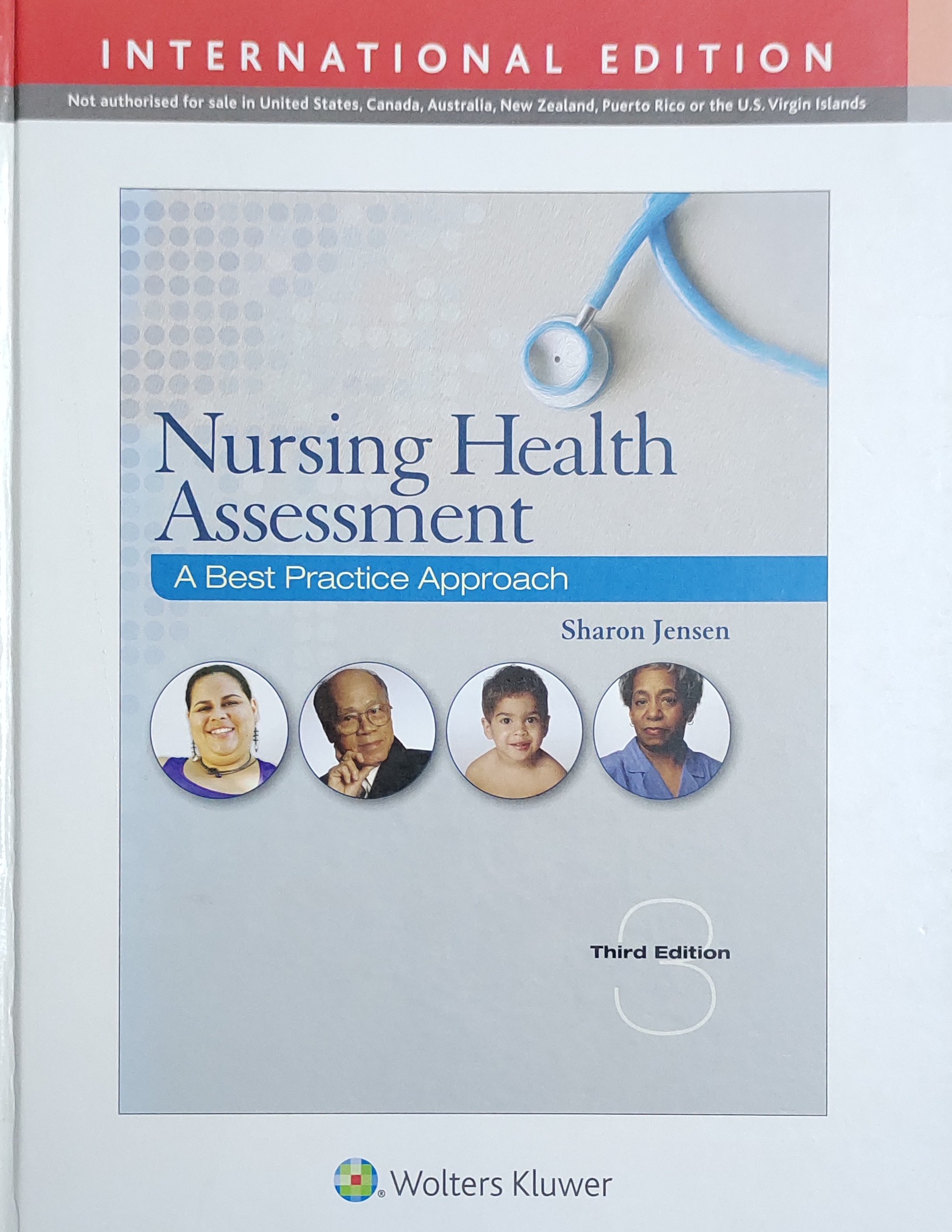
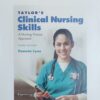
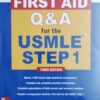
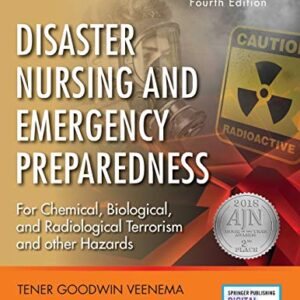
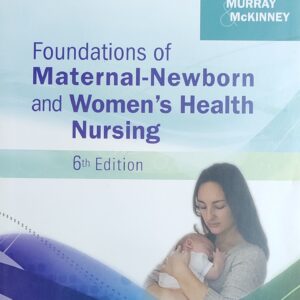
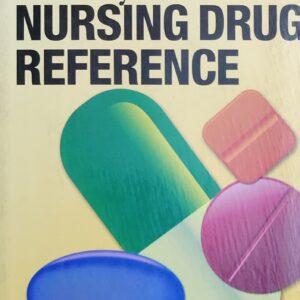
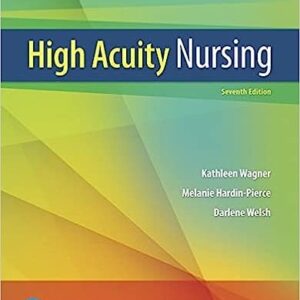
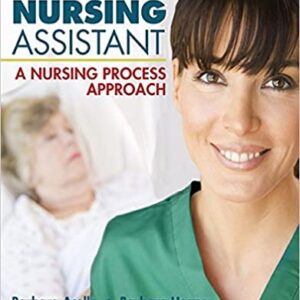
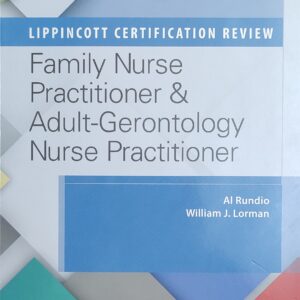
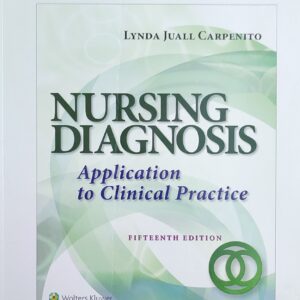
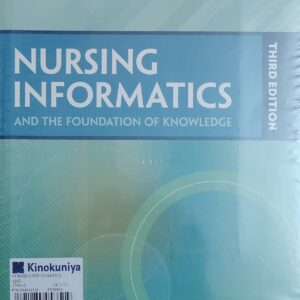
Reviews
There are no reviews yet.